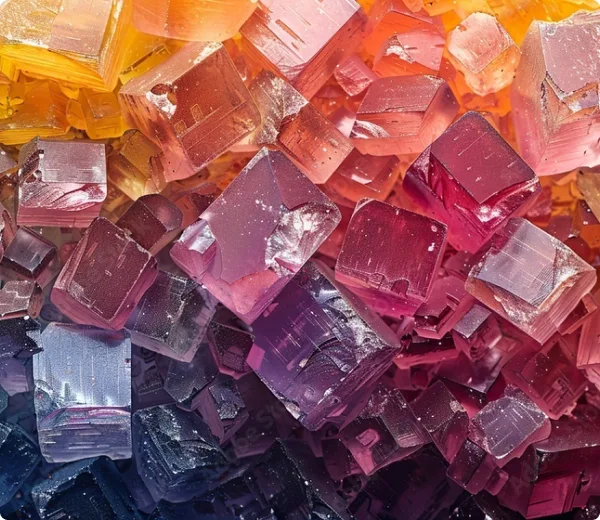Key Properties of EVA
- Flexibility: EVA is flexible and elastic, making it suitable for applications that require these properties.
- Softness: It is softer than many other plastics, which makes it useful for products that require a cushioned effect.
- Chemical Resistance: EVA exhibits resistance to various chemicals, such as oils and greases.
- Transparency: It is naturally transparent, which is useful in packaging and protective films.
- Low-Temperature Flexibility: EVA remains flexible even in low temperatures.
- Non-toxic: EVA is safe for food contact and commonly used in applications involving children and medical products.
- Lightweight: It is a lightweight material, making it ideal for applications that prioritize weight reduction.
Packaging
- Film and Sheets: EVA is used to create flexible, transparent films for packaging, especially for food products. Its clarity and resistance to moisture make it suitable for packaging fresh produce, snacks, and other perishable items.
- Shrink Wrap: EVA is often used in shrink films, providing a tight fit and protection for the product inside.
- Blister Packs: EVA is used in the production of blister packs for packaging products such as toys, electronics, and medical devices.
Footwear
- Shoe Soles: EVA is commonly used in the manufacture of lightweight and cushioned shoe soles, particularly in athletic and comfort footwear. It helps provide comfort and shock absorption.
- Insoles: EVA is used in insoles for shoes due to its softness, flexibility, and shock-absorbing properties.
Sports and Leisure
- Padding and Cushions: EVA is used for padding in helmets, knee pads, and other sports equipment due to its shock-absorbing qualities.
- Yoga Mats: EVA is often used in the production of yoga mats and exercise mats for its cushioning properties and non-slip surface.
Medical Applications
- Medical Devices: EVA is used in the production of medical devices, such as intravenous (IV) bags, catheters, and drug delivery systems, because it is non-toxic and biocompatible.
- Orthopedic Supports: EVA is used in medical supports like insoles and orthopedic padding due to its comfort and cushioning ability.
Toys
- Soft Toys: EVA is commonly used in the production of soft, flexible toys and children’s play mats due to its softness and non-toxic nature.
- Foam Products: EVA foam is widely used for making soft, lightweight foam toys, such as play mats and foam building blocks.
Adhesives
- Hot Melt Adhesives: EVA is a key component in hot melt adhesives, which are used in various industries for bonding and sealing applications.
- Glue Sticks: EVA is commonly used in the formulation of glue sticks for hot glue guns.
Foams
- EVA Foam: EVA foam is lightweight and shock-absorbent, making it useful in packaging, insulation, and protective coverings. It’s commonly found in packaging for fragile items and as a cushioning material in protective gear.
- Foam Sheets: EVA foam sheets are used in various consumer products like padding for sports equipment, protective covers for electronics, and crafting materials.
Solar Panels
Encapsulation Material: EVA is used in solar panels as an encapsulant, helping to hold the solar cells in place and providing protection from moisture and other environmental factors. It ensures durability and efficiency in solar energy systems.
Construction
- Sealants: EVA-based materials are used in sealants and caulking due to their flexibility, adhesive strength, and resistance to water.
- Waterproofing Membranes: EVA is used in some waterproofing applications due to its ability to prevent water penetration.
Automotive
Interior Components: EVA is used in automotive applications for parts such as soundproofing mats, seals, and gaskets due to its flexibility, cushioning, and noise reduction properties.
Printing
Ink and Coatings: EVA is sometimes used in the production of inks and coatings for printing, particularly for flexible packaging, because of its ability to bond well with surfaces.
EVA’s flexibility, softness, and shock-absorbing qualities, along with its non-toxic nature, make it a highly versatile material across many industries, from packaging and footwear to medical applications and solar energy. Its adaptability allows it to meet the demands of both consumer and industrial products.

